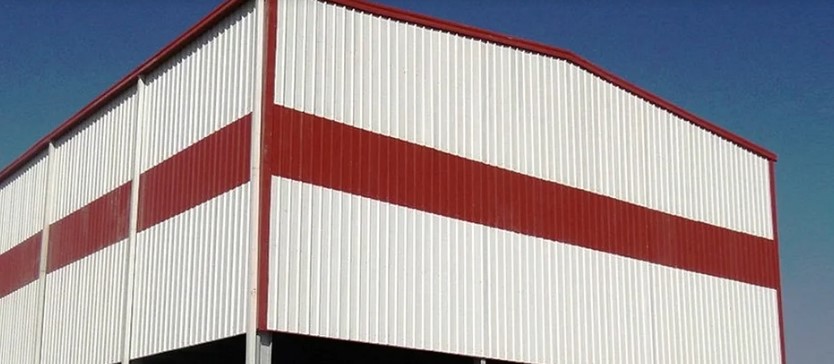Galva Coat Industries Pre-Engineered Buildings
Pre-Engineered Buildings (PEBs) represent a modern breakthrough in the construction industry. Specialized PEB manufacturers design these buildings to meet a wide range of structural and aesthetic needs. PEB manufacturers use advanced materials and modern fabrication methods to pre-fabricate each structure based on a unified design concept. They then tailor this design to meet specific application needs. Known for their efficiency, flexibility, and speed, PEBs are gaining popularity across industries. Many professionals call them Pre-Engineered Metal Buildings (PEMBs) or Engineered Metal Buildings (EMBs). These names emphasize their metal construction and precision engineering.
Historical Background and Development
The idea of Pre-Engineered Buildings emerged in the 1960s, when engineers first introduced standardized designs into commercial construction. These early systems primarily used I-shaped beams formed by welding steel plates together to create strong structural components. Construction teams then bolted these I-beams together on-site, forming the building’s skeleton.
As technology advanced, so did the design and materials used in PEBs. Today, various types of primary framing—such as trusses, metal sections, and castellated beams—have evolved. These modern alternatives offer improved performance and adaptability, enabling engineers to meet diverse construction challenges with precision and ease.
Advanced Design Techniques
With the advancement of computer-aided design (CAD) and modern manufacturing tools, Pre-Engineered Buildings have experienced a major transformation. Engineers no longer depend solely on two-dimensional analysis. Instead, they apply three-dimensional modeling techniques that comply with strict building codes and performance standards.
This evolution allows designers to create more complex PEBs, including structures like tension fabric buildings. These designs go far beyond traditional warehouses or industrial units. As a result, the process becomes more robust, accurate, and flexible. Developers gain the ability to meet unique architectural goals and adapt to site-specific requirements.
Modern Applications of PEBs
Thanks to their advanced features, Pre-Engineered Buildings now serve a broad spectrum of industries. These structures are commonly used for:
-
Warehouses and distribution centers
-
Industrial plants and workshops
-
Commercial offices and retail units
-
Aircraft hangars and agricultural storage facilities
-
Recreational halls and institutional buildings
Their versatility makes them a preferred option in fast-paced industries that demand quick setup and reliable performance.
Why Choose Pre-Engineered Buildings?
-
Efficiency and Speed: Engineers design PEBs for fast-track construction. They allow project timelines to be shortened significantly compared to conventional methods.
-
Cost-Effective: By reducing material waste and streamlining the building process, PEBs offer excellent value for money.
-
Customizable: These buildings offer vast flexibility. Users can customize the layout, design, and features to suit individual project requirements.
-
Durability: Manufacturers use high-strength steel and protective coatings, ensuring these structures perform reliably under diverse environmental conditions.
Conclusion
Pre-Engineered Buildings seamlessly combine innovation, efficiency, and durability, making them a smart choice for a wide variety of construction needs. You may need a quick-build warehouse, a durable industrial space, or a customizable commercial building. In every case, PEBs offer a dependable and cost-efficient solution. Their proven performance, design flexibility, and sustainability make them a cornerstone in the future of modern construction.








